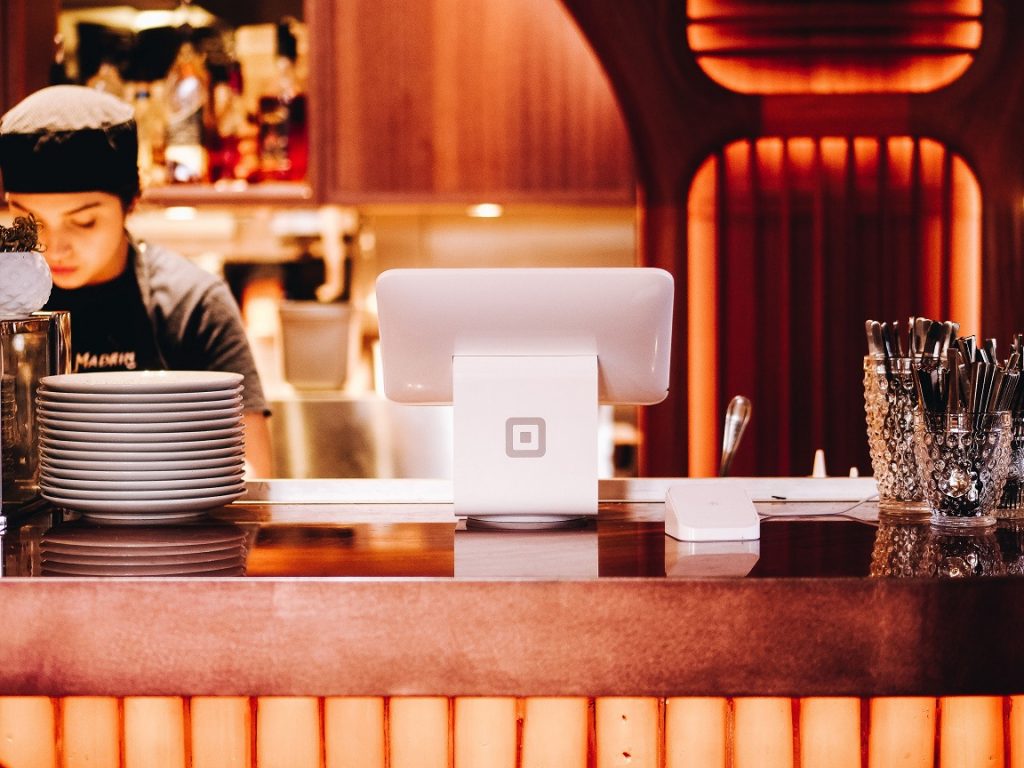Best Asian Restaurant Islamabad: Experience Tastes from Throughout Asia
Best Asian Restaurant Islamabad: Experience Tastes from Throughout Asia
Blog Article
Savor Genuine Oriental Food With a Pan-Asian Twist for a Cooking Adventure
Getting started on a culinary trip via authentic Oriental food, boosted with a Pan-Asian twist, offers a distinct opportunity to discover the rich tapestry of tastes that specify the region's diverse cooking traditions. As you ponder these enticing recipes, take into consideration the cultural narratives and historical impacts that form them, each bite using a tale waiting to be uncovered. best asian restaurant Islamabad.

Checking Out Pan-Asian Flavors
In the realm of international gastronomy, Pan-Asian food stands out for its exceptional variety and the unified interplay of tastes from numerous Oriental cultures. This culinary method celebrates the abundant practices and unique components located across the continent, creating a tapestry of tastes that is both gratifying and intriguing. Key to Pan-Asian cuisine is its capacity to balance different flavors-- pleasant, salty, spicy, and sour-- while highlighting the quality and high quality of each active ingredient.
From the umami-rich soy sauce of Japan to the fiery chili peppers of Thailand, Pan-Asian food provides a comprehensive combination of flavors. These components are usually integrated in creative ways, improving meals with layers of intricacy. As an example, the usage of great smelling natural herbs such as lemongrass and cilantro, usual in Vietnamese and Thai cuisine, adds a revitalizing illumination to recipes, while the unification of coconut milk delivers a creamy, abundant structure.
The emphasis on fresh produce and aromatic seasonings guarantees that each meal is not just a banquet for the taste yet also for the detects. Pan-Asian cuisine welcomes diners to begin on a culinary trip, exploring the large and varied landscapes of Eastern gastronomy with every bite.
Blend Dishes to Attempt
While Pan-Asian cuisine is commemorated for its traditional flavors, the modern culinary landscape is progressively welcoming blend meals that blend these traditional aspects with influences from other areas. This cutting-edge method not only honors the abundant heritage of Oriental cookeries yet also introduces novel preference experiences that interest contemporary tastes buds.
A prime example of such a blend dish is the Korean-Mexican taco, where seasoned bulgogi beef is wrapped in a warm tortilla, covered with kimchi and a zesty gochujang-infused salsa. This mix weds the bold, full-flavored tastes of Korea with the lively, fresh components of Mexican cuisine. Likewise, sushi burritos have actually gained appeal, amalgamating the delicate artistry of Japanese sushi with the hearty, hand-held benefit of a burrito, frequently featuring fusion components like tempura shrimp and avocado with a drizzle of wasabi mayo.
An additional notable dish is Thai curry ramen, which infuses the velvety, aromatic flavors of Thai curry into the comforting broth of standard Japanese ramen, developing a harmonious blend that entices the senses. These fusion meals expand beyond mere uniqueness; they stand for a culinary dialogue between cultures, urging exploration and technology worldwide of Pan-Asian food.
Crucial Components and Seasonings
To truly value Pan-Asian cuisine, one must recognize the necessary active ingredients and flavors that form its structure. This diverse cooking style draws from an abundant tapestry of Eastern customs, utilizing an unified additional info mix of appearances and tastes.
Aromatic components are pivotal, with ginger, lemongrass, and garlic being common throughout different Pan-Asian recipes. These ingredients offer an aromatic base that Visit Your URL enhances the complexity of flavors. Seasonings such as celebrity anise, cardamom, and cinnamon introduce warmth and character, resembling impacts from areas like China and India.

Cooking Methods and Tips
Understanding the art of Pan-Asian cuisine calls for experience with its unique cooking methods, each adding to the vivid tapestry of tastes this cooking custom is celebrated for. Central to these techniques is the stir-fry, a rapid food preparation strategy that protects the nutritional stability and vibrant colors of components. Using a frying pan, the stir-fry technique enables for also warm distribution, necessary for achieving the particular structure and flavor balance of Pan-Asian dishes.
An additional fundamental technique is steaming, especially Check Out Your URL prevalent in Chinese food. This mild technique maintains the natural tastes and nutrients of components, making it optimal for fish and shellfish and vegetables. Dumplings, a precious staple, commonly take advantage of steaming, leading to soft, succulent textures.
Cooking, additionally indispensable, gives great smoky midsts to meals such as Korean bulgogi or Japanese yakitori (asian restaurant isb). This strategy typically includes marinating ingredients, allowing tastes to pass through deeply before cooking over an open fire or warmer
Last but not least, grasping the art of balancing tastes-- sweet, sour, salted, bitter, and umami-- is crucial. Correctly layering these elements can boost a meal from normal to amazing, providing a facility and pleasing cooking experience that personifies the essence of Pan-Asian food.
Dining Experiences Worldwide
Around the world, Pan-Asian cuisine offers an unrivaled eating experience, commemorated for its abundant tapestry of flavors and lively presentations. This culinary phenomenon has gone beyond social limits, recording the hearts and tastes buds of food fanatics worldwide. In multicultural cities fresh York, London, and Sydney, Pan-Asian dining establishments act as melting pots where culinary customs from Thailand, Japan, China, and beyond assemble, providing diners with a diverse mix of recipes that highlight the area's diversity.
The worldwide appeal of Pan-Asian cuisine hinges on its capacity to supply both authenticity and advancement. Cooks skillfully wed typical components such as lemongrass, soy sauce, and miso with contemporary methods, leading to meals that are both refreshingly brand-new and familiar. This fusion allows restaurants to start a cooking trip that appreciates heritage while welcoming modernity.
In addition, eating experiences are boosted through thoughtfully created atmospheres that reflect the values of Pan-Asian aesthetic appeals. From minimalist Japanese-inspired insides to dynamic Thai-themed rooms, each dining establishment provides an unique ambiance that enhances the culinary offerings. Therefore, clients are not just taking in a meal but partaking in a cultural experience, making Pan-Asian dining a truly global phenomenon.
Verdict
The exploration of Pan-Asian cuisine uses an extensive understanding of the intricate interplay of tastes and culinary practices across Asia. By welcoming combination dishes such as Thai curry ramen and sushi burritos, the cooking journey not just highlights the versatility of traditional ingredients yet also showcases innovative modern methods. This gastronomic adventure, improved by important seasonings and cooking approaches, provides a distinct possibility to appreciate the multiculturalism and culinary artistry that specify Pan-Asian cuisine on a worldwide range.
Embarking on a cooking trip through authentic Eastern food, improved with a Pan-Asian spin, provides a special possibility to explore the rich tapestry of tastes that define the area's varied cooking customs.In the realm of worldwide gastronomy, Pan-Asian food stands out for its remarkable variety and the unified interaction of tastes from various Eastern societies. Trick to Pan-Asian food is its capacity to balance different flavors-- sweet, salty, spicy, and sour-- while highlighting the quality and quality of each ingredient.

Report this page